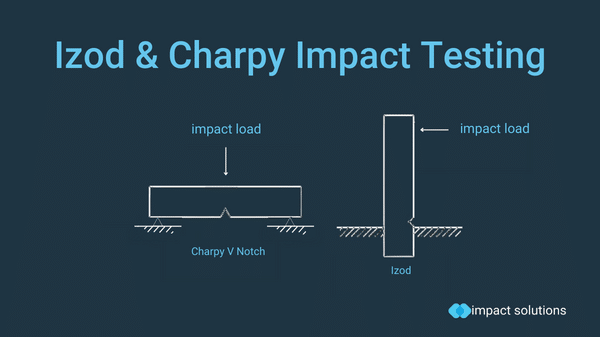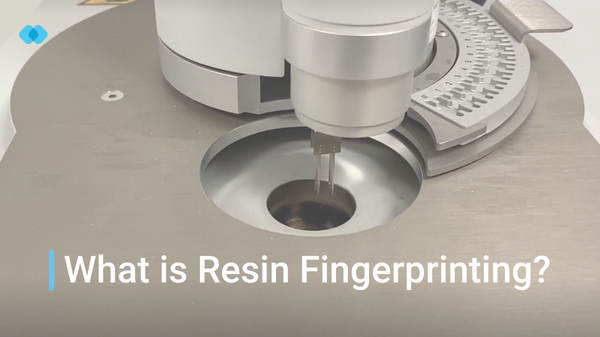Shore Hardness A/D Testing
The resistance of a polymeric material to indentation is usually measured with the Shore Hardness technique. This technique measures the hardness of a material using a durometer device. Shore D measures the depth of an indentation in the polymer material created by a given force on a specified presser foot and under specified conditions. ISO 868/ ASTM D2240 presents the method of Shore D hardness testing.
This resulting number is rated on a scale known as the Shore Hardness scale or Durometer scale. The number on the scale indicates the material’s resistance to indentation. A higher number indicates greater resistance to indentation so, therefore, a harder material. Softer materials are lower on the scale.
There are several scales of durometer used for materials with different properties, however, in engineering, plastics Shore A and Shore D are most commonly used. Type A is used for softer polymers like rubbers and type D for harder materials like plastics and composites.
The indentation hardness is inversely related to the penetration and is dependent on the modulus of elasticity and the viscoelastic properties of the material. The shape of the indenter, the force applied to it and the duration of its application influence the results obtained so that there may be no simple relationship between the results obtained with one type of durometer and those obtained with either another type of durometer or another instrument for measuring hardness.
More Hardness of Plastics & Mechanical Testing
Have a question?
Speak to our specialists




